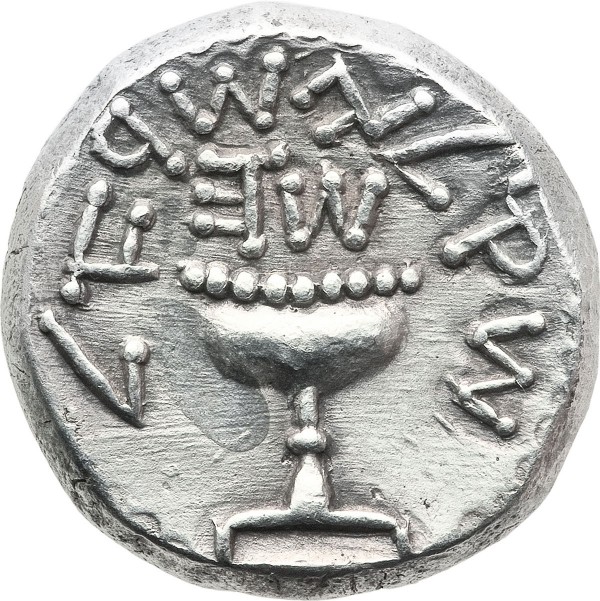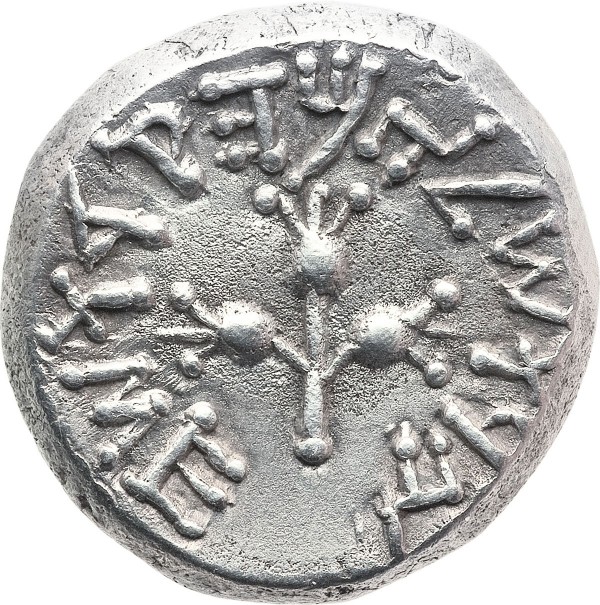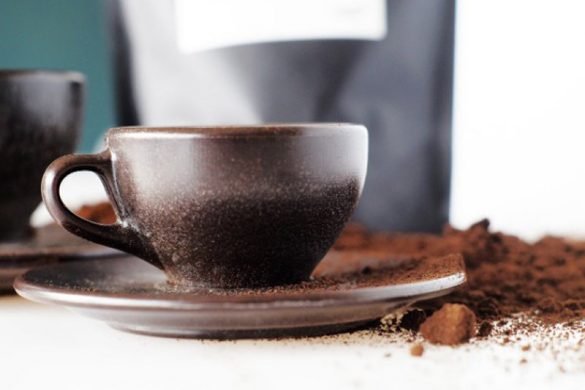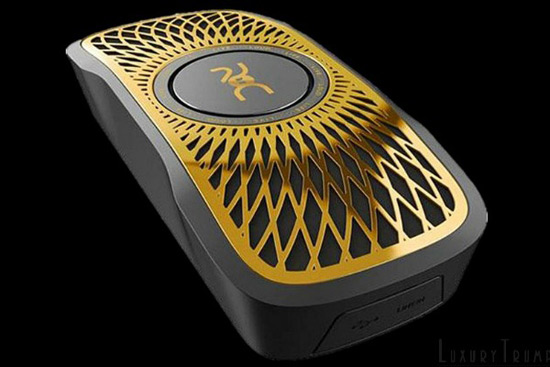A five-year run of silver shekels struck by Judaean rebels during the Jewish War against Rome, circa 66-70 AD, highlights the second half of the world-famous Shoshana Collection of Ancient Judaean Coins, offered by Heritage Auctions the evening of Wednesday, Sept. 5, during the Long Beach Coin & Collectibles show.
The Jewish War section, lots 20105-20128, includes multiple examples of the silver shekels and half-shekels, dated Year 1 through Year 5, struck by Judaean forces engaged in a titanic struggle against the Roman Empire.
“All of these coins are in wonderful condition and their stark imagery beautifully conveys the devotion and convictions of the courageous Jewish rebels,” said David Michaels, Director of Ancient Coins for Dallas-based Heritage Auctions. “This sale shows the great breadth and depth of the Shoshana Collection. The first Shoshana sale last March was already the greatest offering of Judaean coins every brought to public auction, and the second half is – in many ways – a reprise of the first.”
The rare Year 5 shekel, struck during the Siege of Jerusalem from May to September of 70 AD, is among the finest known of 14 surviving “irregular” examples, including one now residing in the British Museum and a second in the Israel Museum. The coin carries an estimate of $50,000.
The Shoshana Collection, assembled over a 30-year period by a Southern California collector, comprises coins related to the founding of Ancient Israel and the story of the Jewish people in the Holy Land. The auction of the first part of The Shoshana Collection, March 8-9, produced several world records, including $1.1 million for a “prototype” shekel of the Jewish War struck in the first year of conflict, 66 CE, one of two known examples. Two other coins also sold for just under $1 million each and the 712 coins comprising the first part of the collection realized a total of $7.6 million.
The second Shoshana auction, with estimates totaling $1.2 million, will cover an even greater span of time than the first.
“It comprises 585 lots covering about 1,700 years of history,” said Michaels, “from the first coins ever struck in ancient Judaea – circa 480 BC – to the fall of the Crusader Kingdom of Jerusalem in 1187.”
It also presents a prime opportunity to collectors who may have been “priced out” of the first Shoshana event due to the highly competitive bidding occasioned by the great rarities offered.
“We don’t expect any million dollar shekels in Shoshana II, although we expect several coins to sell well into five and possibly six figures,” Michaels said. “There will be many coins well within the reach of budget-minded collectors.”
As with the first auction, the second catalog is being written and annotated by David Hendin, author of “Guide to Biblical Coins” and the best-known authority on Judaean coinage.
“The first catalog, which won the Numismatic Literary Guild’s award for Best Auction Catalog of 2012, became an instant collector’s item and educational tool,” said Michaels. “The second one will, too. It’s an important addition to any library of ancient coin literature.”
Like Shoshana I, the Sept. 5 offering will be divided between several phases of Judaean history:
- Lots 20001-20051: The Persian Period (480-333 BC), when the first primitive coins, many of them copies of the famous Athens “owl” coinage, were struck at Holy Land mints such as Gaza, Samaria and Jerusalem.
- Lots 20052-20104: The Maccabean and Herodian Kingdoms (135 BC-93 AD), the first independent Judaean kingdoms to strike coins.
- Lots 20105-20128: The Jewish War (66-70 AD), a titanic uprising against Roman tyranny that shook the Empire to its core.
- Lots 20129-20296: The Bar Kokhba Revolt (132-135 AD), the final major rebellion against Roman rule in the Holy Land.
- Lots 20297-20321: Judaea Capta Issues, coins struck by the Romans to celebrate their costly victories in the Jewish and Bar Kokhba Wars.
- Lots 20322-20545: City Coins, struck under Greek, Roman, Byzantine, Islamic and Crusader authority by cities in the Holy Land from circa 37 BC to 1187 AD.











